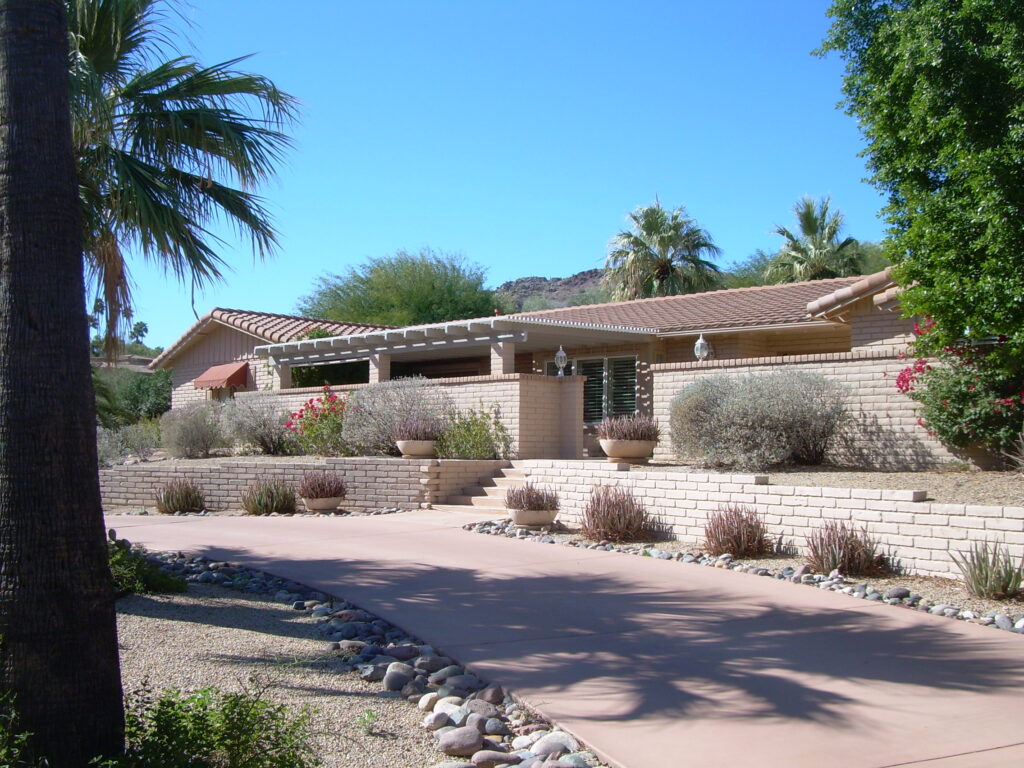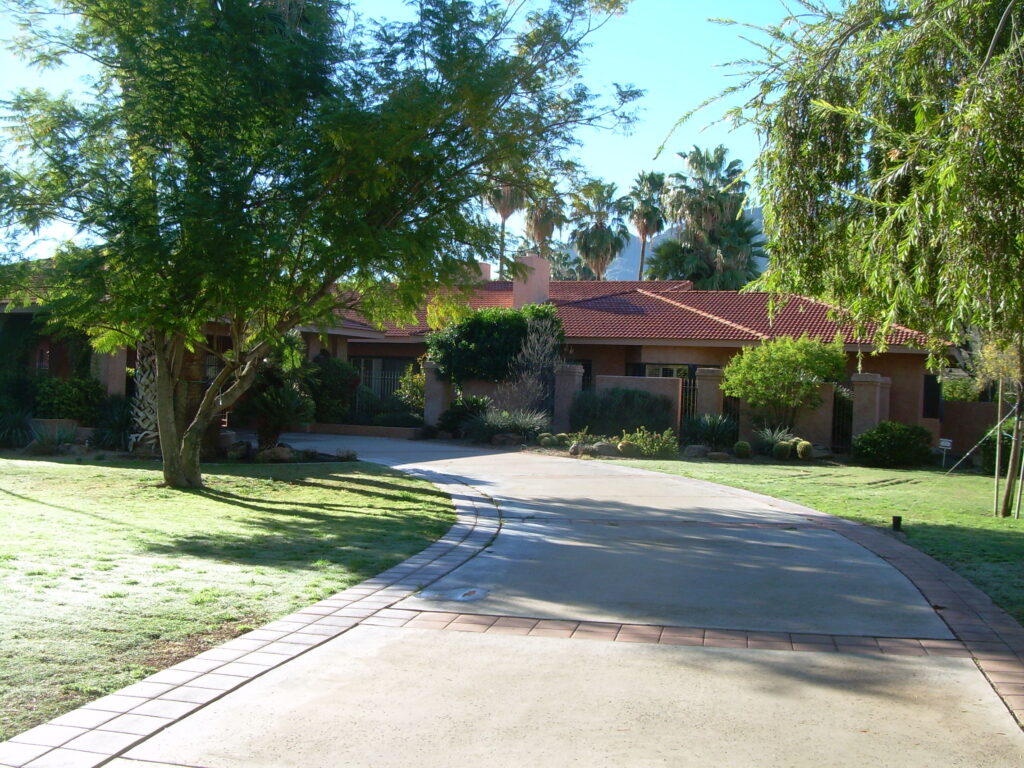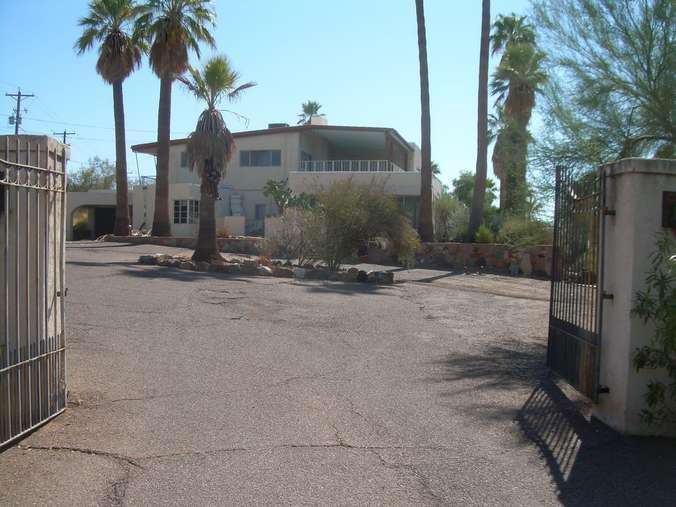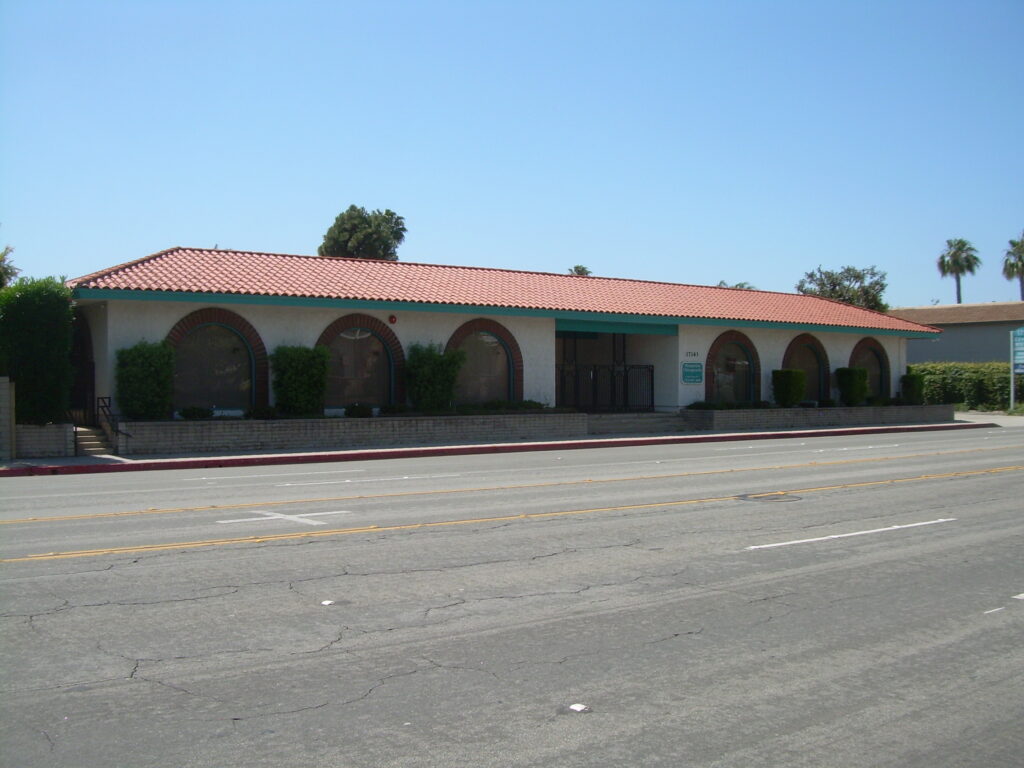

How Enviro Green Salvage Works
Details on how the program works are welcomed. A meeting to answer your questions will be scheduled to address several topics including:
• Qualified Appraisal
• Fair Market Value (FMV)
• Favorable Tax Benefits
• Deconstruction v. Demolition
• Start Date
An on-site viewing of the dwelling is scheduled to estimate the number of days, workers, staging, parking, utilities, water, loading area and other construction requirements. The deconstruction takes place at the location of the property and is prepared for deconstruction including: necessary fencing, site signs, and other preparation. The deconstruction materials are staged for delivery to an approved non-profit identified for recycled materials. Historically, we have worked very well in coordinating a time-line that meets the needs of the parties.
A partial or full demolition of the dwelling is part of the construction cycle, traditional demolition is expensive when you realize there is no favorable tax benefits to off-set related costs. Deconstruction on the other hand allows the reuse of the
building materials while keeping the materials out of the municipal landfills. The deconstruction activity is funded by the Donor for the estimated costs related for deconstruction, recycling, and distribution to non-profit outlets approved for delivery of reusable materials. Notably if the scope of work includes a full demolition will be included in the bid for salvage. Notably, the Donors favorable tax benefits have typically covered additional scope of work expenses and still provide favorable benefits for the non-cash donation.



DONATE A COMMERICAL BUILDING
Commercial buildings are generally identified as apartments, hotels, multiple family, motels, rental properties, general office, medical are designed for medical and/or dental, retail store, churches, restaurant, schools, health clubs, storage, and warehouse facilities. Commercial Buildings are classified into five construction classes: A, B, C, D and S. Within these different construction classes costs are highest at “A” and “S” costs are typically the lowest. Generally commercial buildings have more concrete, asphalt, lighting, and other site improvements which bode well for estimating the FMV of the property.
When a scope of work calls for the removal of the remaining dwelling or building a separate set of logistics requires the employment of a licensed Demolition Contractor to remove the remaining structure and site improvements. The remaining salvage is delivered to a processing plant for separation of the metals and crushing of the concrete foundation, slab, block walls for construction aggregate.